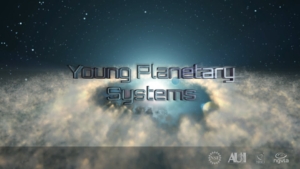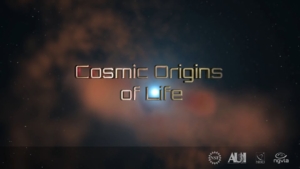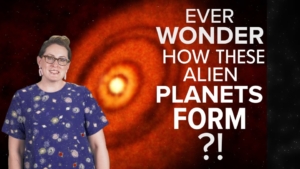Ifrared telescopes have observed starts orbiting our galaxy’s central black hole for decades. The ngVLA will reveal the faint signals of pulsars that also orbit the black hole. The motion of pulsars can be measured with a million times more accuracy than that of stars. These pulsars can be used as celestial clocks to study the effects of gravity on motion and time. This will let us test Einstiens’ theory of gravity in new ways, and may provide clues to physics beyond the standard model.


Galaxy Evolution: ngVLA Key Science Goal 3
At the center of most galaxies lies a supermassive black hole. They are millions to billions times more massive than our Sun. When they consume surrounding material, they produce powerful “jets” of radio plasma. The ngVLA will peer deep into the heart of galaxies to study how these jets interact with the surrounding gas and dust. These observations will help us understand how suermassive black holes influence star formation and ultimately the growth and evolution of galaxies over cosmic time.

Young Planetary Systems: ngVLA Key Science Goal 1
ALMA has shown us young star systems where planets are forming. The ngVLA will explore these systems in greater details, revealing Earth-sized bodies in their youth. It will be able to see the cold dusty planetary disks to reveal how planets clear gaps between them. ngVLA will also observe ionized gas, and study how stellar winds clear gas and dust from star systems.

Animated Composite View of SPT0311-58
This animated gif moves through the dust continuum and molecular lines for water and carbon monoxide seen in ALMA observations of the pair of early massive galaxies known as SPT0311-58. This gif begins with a composite combining the dust continuum with molecular lines for H20 and CO. It is followed by the dust continuum seen in red, molecular lines for H20 seen in blue, molecular lines for carbon monoxide, CO(10-9) shown in pinks and deep blue, CO(7-6) shown in magenta, and CO(6-5) shown in purple.







